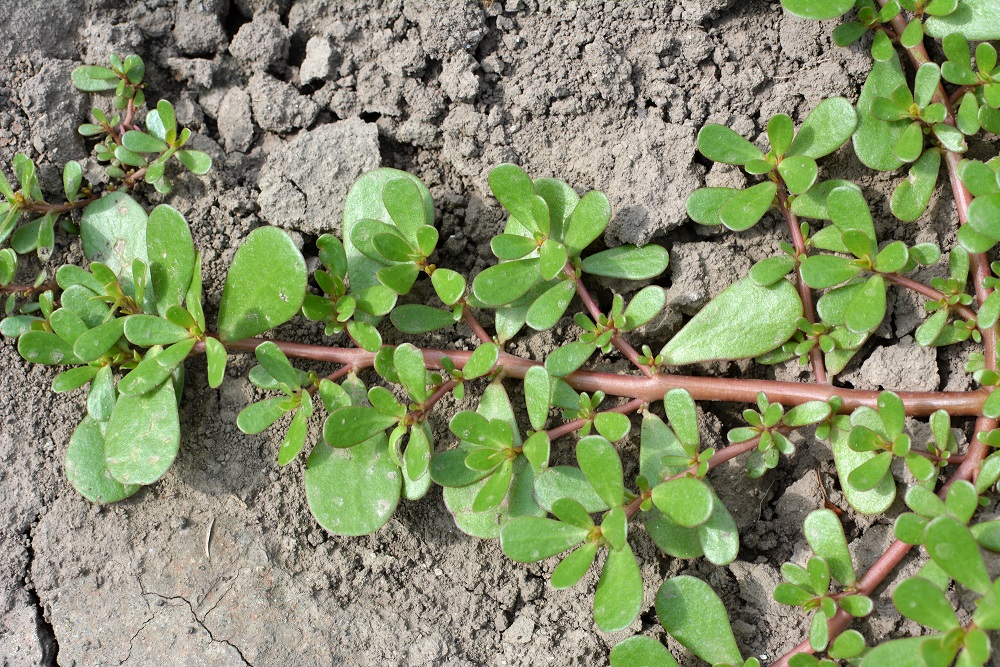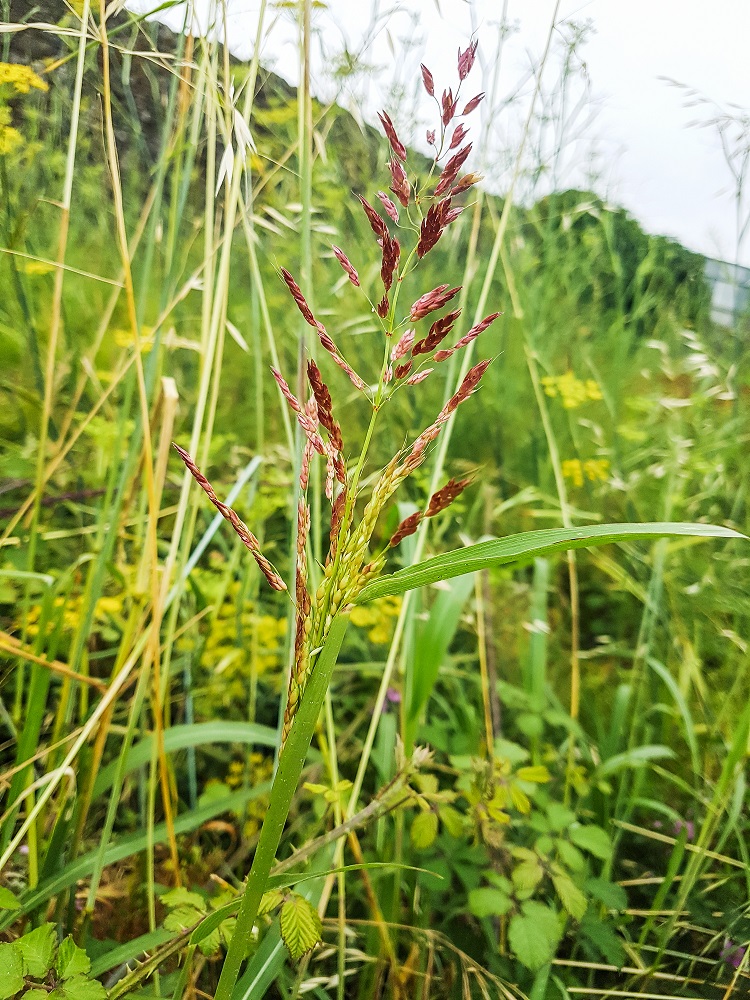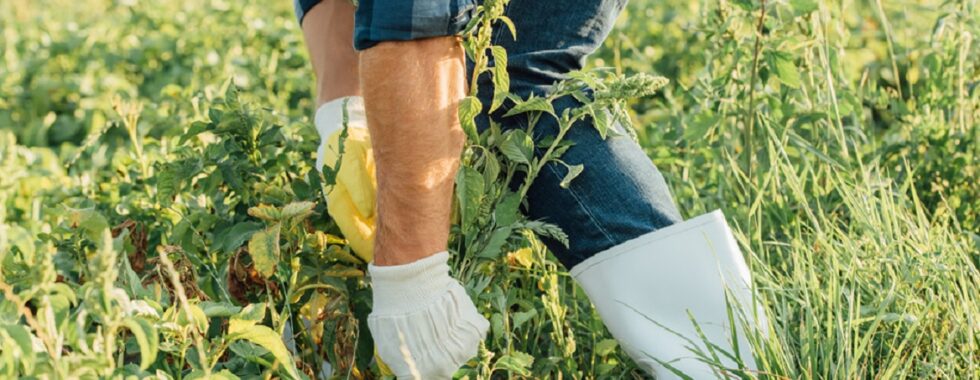How to identify and control weeds
Types of weeds
Weeds are plants that grow where they are not wanted. They can be classified according to their life cycle. The three types of life cycles are: annual, biennial and perennial.
Annual weeds – Complete their life cycle in one year or less. They reproduce by seeds and their life cycle includes germination, growth, maturation, seed production and death.
Annual weeds can be further categorized to:
- Winter annuals – germinate in fall or in the beginning of the winter, grow vegetatively during the winter, flower in the spring and die in the summer.
- Summer annuals – germinate in spring, grow in summer, produce seeds in fall and die in winter.
Biennial weeds – Complete their life cycle in two years.
Biennial weeds emerge in spring/summer, overwinter in a vegetative stage, as a rosette of basal leaves, and resume growth at the following spring.
Seed production occurs during spring/summer/winter of the second year, depending on the specie.
Perennial weeds – Live 3 years or more.
Perennials weeds can be further categorized to:
Simple perennials – reproduce by seeds.
Creeping perennials – reproduce by both seeds and vegetative propagules, such as creeping roots, tubers etc., where the underground parts store food reserves.
They are dormant in winter, flower and produce seeds in summer.
Creeping perennials usually become established in no-tillage production systems, because the underground parts are not damaged.
Identification of weeds
Identifying weeds requires distinguishing between broadleaf weeds and grassy weeds.
Broadleaf weeds have wide leaves, with main vein, out of which smaller veins branch.
Grass weeds have long, narrow leaves and veins are parallel to each other.


For example, common purslane (Portulaca oleracea, left image) is a summer annual broadleaf weed. Johnson grass (Sorghum halepense, right side image) is a grassy perennial weed.
Leaf shape and arrangement
Knowing the leaves shape and their arrangement is essential for a correct identification, especially of broadleaf weeds. There are several dozen distinct leaf shapes.
Arrangements include alternate leaves, opposite leaves, whorled (rings of three or more leaflets) etc.
Grassy weeds are more difficult to identify, as most of the grass weeds resemble grass.
Features of some plant parts, such as the collar, the ligule and the sheath, can be used for the identification
In grassy weeds, blades emerge as a single leaf, the stem is hollow, nodes are hard and closed.
Scouting
In order to detect and identify weeds in time, before they are established in the field and before resistant weeds spread throughout the field, the field should be scouted frequently, especially early in the production season.
Note that weed population is usually higher along the edges of the field. Within the field, weed population will vary, depending on soil types, zones with higher soil humidity, zones that get more light etc.
Once detected and identified, it is important to eliminate the weeds before they produce seeds.
Weed management and control
The integrated weed management approach includes all the practices and techniques that favor the crop’s competitive advantage and decrease the weed ability to cause damage. These include the following:
- Prevention methods
- Mechanical control methods
- Biological control
- Chemical control
Prevention:
Several tactics and practices can be used to prevent or minimize infestation by weeds:
- Buying certified seeds, free of weeds and weed seeds
- Controlling weeds at the edges of the field
- Using clean equipment
- Eliminate weeds before they produce seeds
- Crop rotation
- Stale seedbed
The stale seedbed technique involves a soil preparation of a false seedbed, allowing weed seeds to germinate and emerge. The weeds are then destroyed.
Giving a competitive advantage to the crop is another tactic. This involves, selecting an appropriate planting date, applying fertilizers in an appropriate time that will favor the crop, selecting stronger cultivars, manipulating the planting density of the crop in order to have a better coverage etc.
Mechanical control methods
There are 3 main ways to eliminate weeds by mechanical cultivation:
- Bury the weeds
- Uproot the weeds and let them dry up
- Severely damaging the weeds so they cannot recover
This can be achieved by different tillage methods.
Soil solarization and mulching are additional mechanical methods used to control weeds.
Use of herbicides
Herbicides are compounds or mixture that are used against weeds. They can be either chemical, organic or biological.
Biological control of weeds refers to the use of plant pathogens (fungi, bacteria and viruses), or their metabolites.
Bioherbicides are not very common. Some commercial products are available, mainly fungal bioherbicides.
However, most of the commercial herbicides are chemical.
The selection of which herbicide to use depend on several factors, including:
- The types of weeds that grow in the field, their life cycle and resistance to herbicides.
- The crop – The selected herbicide must not damage the crop
- Soil type and properties – can affect the persistence of the herbicide in the soil and its mobility in soil
- Crop rotation –When selecting an herbicide, it is important to make sure that the herbicide is not harmful for the next crop.
- Environmental conditions – affect the degradation of the herbicide, its uptake by the weeds etc.
Properties of herbicides will be discussed on another paper



